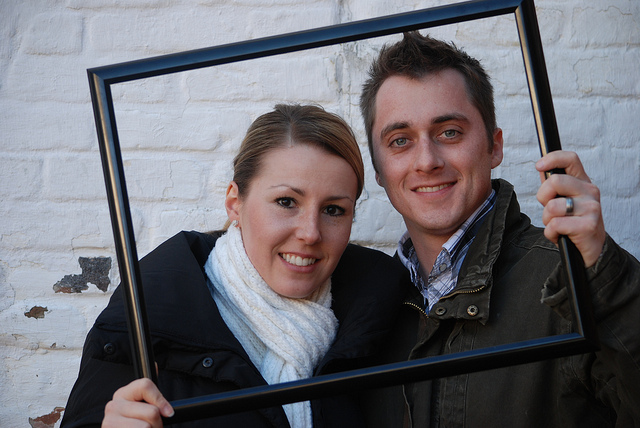Fred and Sheila had called to discuss having a Marriage Intensive with us. She had recently contacted an attorney about a divorce. “I just can’t take it anymore. He is always mad. He never has any time for me. I do everything for him and all I want is for him to notice me and want to be with me. He is always mad at me and I don’t know why.”

As we begin to understand their issues better, it was obvious that Fred loved his wife and was doing everything he could to provide for her and the family. As a high level executive in his company, he left for work early every morning and returned late. Many times he had planned a date but had to cancel at the last minute due to urgent matters that required his attention at work.
Home was a place of safety for him. At work he had to hold together a professional demeanor, even when he felt like telling someone off. At home he felt he could let down his hair. He was surprised to learn that his wife thought she was always mad at him as he did not feel that way toward her at all. However, as they described his actions, it was obvious to all of us that he was carrying a huge amount of workplace stress into his home and letting it all out there. Unconsciously and unintentionally he was treating those he loved the most worse than any other people in his world.
In an article out this week in the Atlantic, Gillian B. White states, “…America’s workers are both overworked and overwhelmed: Work days bleed into personal time, and some complain about the inability to control, or even plan for their constantly changing schedules.” She goes on to report that Health problems associated with job-related anxiety account for more deaths each year than Alzheimer’s disease or diabetes.”
One of the recommendations we provided Fred and Sheila that we have shared with hundreds of couples is the idea of a Daily Check In. We recommend that as soon as possible when couples return home for their workplaces they check in with each other. The Daily Check In is simple and either spouse can begin it by either asking the other to check in with them or telling them that they would like to check in with them.
The Daily Check In is a quick way to tell your spouse where you are in your head and heart at the moment. It is a time that you can see where your spouse is in their head and heart. Instead of wondering why your spouse is mad at you again and wondering what you did this time, you can hear from them what is going on. Most of the time the emotions shared are not about you but rather workplace stress they are bringing to house. It also provides you with an opportunity to be compassionate toward them instead of moving away from them because you assume they are upset with you.
The Daily Check In is a simple report out on your emotional climate and begins with how you are feeling. Check to see what you are feeling and where that feeling might be coming from. You can have one or all of the different emotions at the same time about various things in your life.
We like to use these emotion words:
- Sad – usually related to loss or grief of something or someone
- Angry – frustration related to being blocked from something you really want
- Scared – fear, anxiety or worry about some possible future thing
- Happy – joy and happiness
- Excited – anticipation about something good or positive
- Tender – feeling for, empathy or compassion for another
Next time you both return from your workplace, take a couple of minutes and see where you are in your head and heart. And then check in with your spouse by reporting out on the emotion you are feeling and what that is about in your world at that moment. By implementing the Daily Check In, you will see how your spouse’s emotional world is not always about you. And you will experience deeper connection, emotional intimacy and closeness.
Try it out for a week and let us know how it works out for you!
This article was written by Roy and Devra Wooten, authors of “The Secret to a Lifetime Love”. Learn more at www.LifeTogetherForever.com © Roy and Devra Wooten 2015. All Rights Reserved. You may replicate this article as long as it is provided free to recipients and includes appropriate attribution. Written permission for other use may be obtained at Secret@LifeTogetherForever.com.
